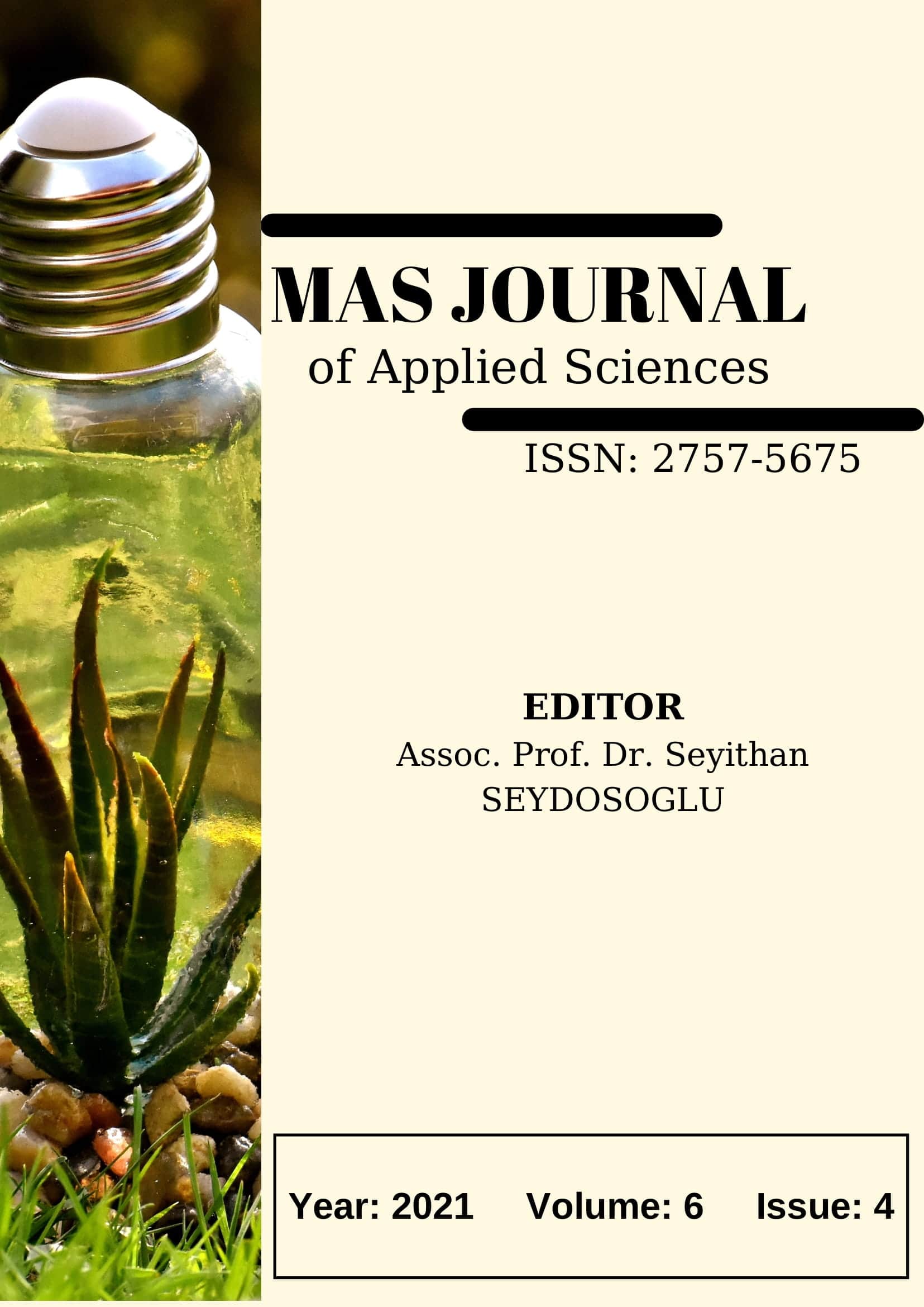İnsan Odaklı Aydınlatma Konseptine Göre Görsel Aydınlatma Kriterlerinin Analizi
DOI:
https://doi.org/10.52520/masjaps.130Anahtar Kelimeler:
Mimari aydınlatma, insan odaklı aydınlatma, sirkadiyen ritim, günışığıÖzet
Mimaride yüzeylerin görsel konforunu, görsel verimliliğini ve mimari özelliklerini vurgulamak için aydınlatma kullanılır. Aydınlatmada önemli olan kullanılan mekanda yapılan işin amacına uygun aydınlatmanın sağlanmasıdır. Acak bu aydınlatma insan sağlığına zarar vermemelidir. Aşırı veya yetersiz aydınlatma insan sağlığı açısından olumsuzluklara neden olarak vucudun biyolojik saatini yani Sirkadiyen Ritmi’ni bozmaktadır. Aydınlatmanın insan sağlığını bozma oranı düşünüldüğünden daha yüksek sayılarda kişinin sağlık sorunlarına neden olmaktadır. Bu tür sağlık sorunlarının oluşmasını engellemek için İnsan Odaklı Aydınlatma standartlarına ihtiyaç duyulmaktadır. İnsan Odaklı Aydınlatma kriterleri ile ilgili Uluslararasi Aydınlatma Komisyonu (CIE), Türk Standartları Enstitüsü (TSE) ve Avrupa Standardizasyon Komitesi (CEN) standartlarında herhangi bir teorik yaklaşım bulunmamaktadır. CIE, TSE ve CEN standartları daha çok Elektrik Mühendisliği alanı ve Mimarlık alanında İşlevsel aydınlatmaya hitap ederken, İnsan Odaklı Aydınlatma-WELL standartları yoğun olarak Mimarlık bilim dalı ile ilgili kriterleri kapsamaktadır. Bu nedenle bu çalışmaya ihtiyaç duyulmuştur. Günümüz dünyasında İnsan Odaklı Aydınlatma konsepti popüler hale gelmiştir. İnsan Odaklı Aydınlatma’ya dikkat çekmek bu alanda araştırmalar yapan bilim insanlarına bu yönde oluşan ihtiyacı göstermek için WELL standartlarından görsel aydınlatma tasarımı kriterleri bir aydınlatma tasarımcısı bakış açısıyla analiz edilmiştir.
İndir
Yayınlanmış
Nasıl Atıf Yapılır
Sayı
Bölüm
Lisans
Telif Hakkı (c) 2021 Yayımlanan makalenin telif hakları yazarına aittir.

Bu çalışma Creative Commons Attribution-NonCommercial 4.0 International License ile lisanslanmıştır.


